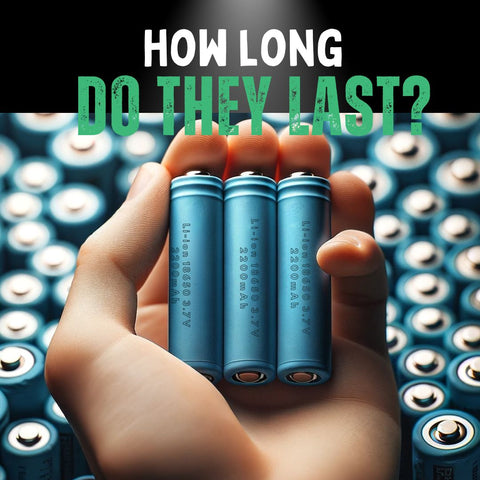
Update: 25.4.25
Dirt biking is an electrifying sport that combines speed, skill, and adventure. While the engine and suspension get most of the attention, the battery is a vital component that powers the ignition, lights, and other electronics—yet it’s often overlooked.
This guide will help you better understand dirt bike batteries, explore the different types, know how to maintain them, and choose the right battery for your riding style and needs.
Types of Dirt Bike Batteries
Flooded Lead-Acid Batteries
The most traditional type, these are affordable and readily available. However, they require regular maintenance and are sensitive to temperature changes. Best suited for older dirt bikes or casual riders.
AGM (Absorbent Glass Mat) Batteries
Maintenance-free and sealed, AGM batteries are more durable and perform better in extreme temperatures. With a lifespan of 3–5 years, they’re a great middle-ground for performance and reliability.
Lithium Batteries
Lithium batteries are the lightest and most advanced option. With superior cranking power, long life, and fast charging capabilities, they are ideal for competitive riders or those seeking the best performance.
Factory-Activated AGM Batteries
These are pre-charged and ready to use, offering convenience and performance with minimal setup. Just make sure to use them shortly after purchase for best results.
Related: How Long Does It Take to Charge a Motorcycle Battery?
Choosing the Right Battery
When comparing battery types, consider weight, price, maintenance, and cold weather performance.
- Lead-Acid: Affordable, good cold-weather performance, but heavy and high-maintenance.
- Lithium: Lightweight, efficient, maintenance-free, but more expensive.
- AGM: Balanced between cost, performance, and maintenance.
Battery Lifespan & Replacement
Most dirt bike batteries last between 2 and 5 years. Signs of aging include slow cranking, low charge retention, and difficulty starting in cold weather. Replace every 3–5 years or when performance drops significantly.
Related: How Long Do Lithium-ion Batteries Last?
Understanding Battery Specs
Pay attention to Ah (amp hours), CCA (cold cranking amps), physical size, and terminal layout. Use your bike’s manual or manufacturer’s guide for compatibility.
Maintenance and Storage
Routine maintenance will extend your battery life, especially in colder climates. Here’s how:
Lead-Acid:
- Check electrolyte levels regularly
- Keep terminals clean
- Avoid deep discharges
Lithium:
- Store at room temperature
- Use a charger with a BMS (battery management system)
- Avoid overcharging or full discharges
Winter Storage Tips
- Keep batteries at 50-60% charge
- Use a trickle charger or battery tender
- Store in a dry, temperature-controlled environment
Troubleshooting & Upgrades
Common Issues:
- Hard starting
- Battery swelling
- Quick discharge
Upgrading?
Consider upgrading to lithium for better performance, longer life, and lower weight—especially for racing or regular off-road use.
DIY vs Professional Maintenance
Most basic tasks (cleaning, checking voltage, charging) can be done at home. But for diagnostics or replacements, consider professional help—especially with lithium batteries.
Conclusion
Whether you’re cruising trails or racing motocross, your battery plays a vital role in ensuring your bike runs smoothly. Understanding the different types, maintaining them properly, and knowing when to replace them will save you time, money, and frustration in the long run.
Keep your battery in top shape, and it’ll power your adventures wherever they lead.
Explore Our Electric Dirt Bikes ⚡
Ready to gear up your young rider with a thrilling, battery-powered experience? Check out our collection of electric dirt bikes for kids—packed with power, style, and safety.







Share:
How To Maintain Your Dirt Bike Battery
Signs Your Dirt Bike Battery Needs Replacing